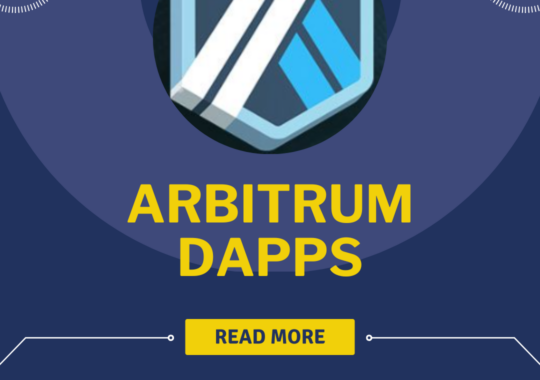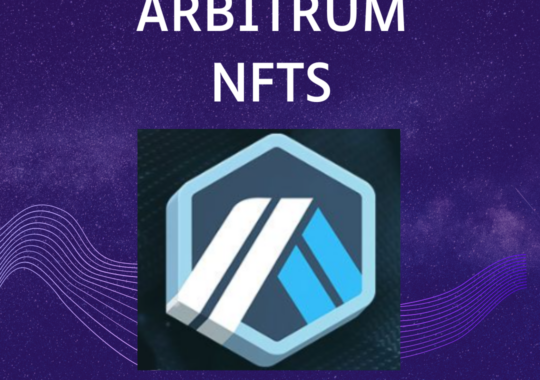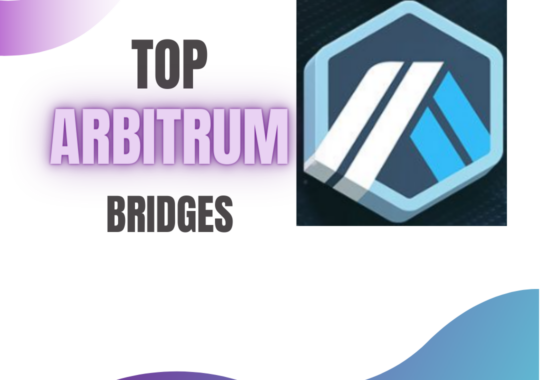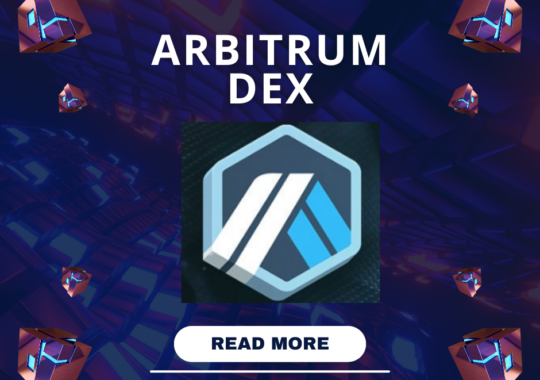The DeFi Pulse Index (DPI) is a notable creation within the realm of decentralized finance (DeFi), aiming to track the performance of various tokens operating within the DeFi industry. Launched in September 2020, DPI offers investors a cost-effective means to participate in Ethereum’s burgeoning DeFi ecosystem.
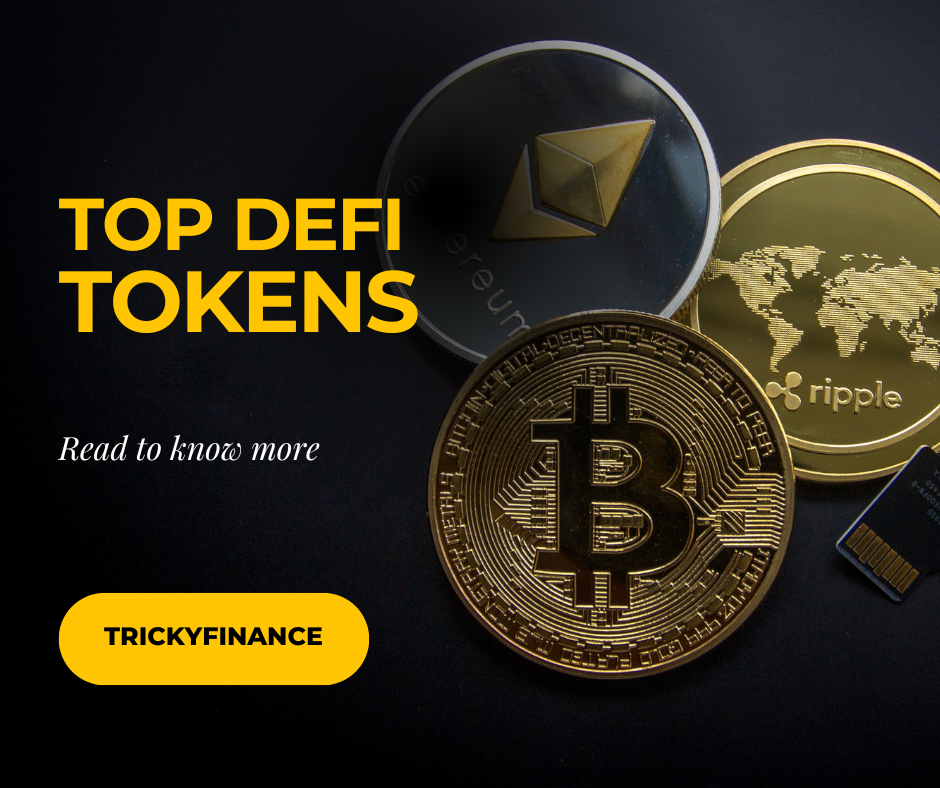
Composition of the DeFi Pulse Index
DPI is structured as a capitalization-weighted index, designed to reflect the performance of decentralized financial assets across the market. It comprises a selection of prominent DeFi tokens available on the Ethereum network. The underlying tokens encompass a range of projects such as Aave, Balancer, Compound, Cream, Farm, KNC, Loopring, Maker, Meta, REN, Sushi, Synthetix, Uniswap, Yearn, Instadapp, Badger, Rari Capital, and Vesper.
Purpose of the DeFi Pulse Index
The DPI token functions as a barometer for the decentralized finance market. Instead of individually acquiring and managing these DeFi tokens, investors can simply acquire a single ERC-20 token, providing exposure to this diversified selection. This streamlined approach offers convenience and efficiency, facilitating broader participation in the DeFi sector.
Top DeFi Tokens
1. Uniswap (UNI)
Uniswap (UNI) stands out as a prominent decentralized trading protocol within the decentralized finance (DeFi) landscape. Spearheaded by Ethereum developer Hayden Adams, Uniswap serves as a pivotal platform for automated trading of various DeFi tokens. Here are some key features that distinguish Uniswap:
- Decentralized Trading: Uniswap facilitates decentralized trading of digital assets, offering a contrast to centralized cryptocurrency exchanges operated by specific companies.
- Governance: UNI holders wield governance power proportional to their UNI holdings, empowering platform users to influence its future development and decision-making processes.
- Automated Market Maker (AMM): As an automated market maker, Uniswap employs algorithms to automate the exchange process, alleviating liquidity concerns and enhancing efficiency and cost-effectiveness for participants.
- UNI Token: UNI serves as the governance token for the Uniswap platform. Users can acquire UNI by abstaining from selling or trading their crypto assets.
2. Lido DAO (LDO)
Lido DAO (LDO) stands out as a decentralized autonomous organization (DAO) pioneering staking infrastructure across multiple blockchain networks. Founded by Konstantin Lomashuk, Vasiliy Shapovalov, and Jordan Fish in 2020, Lido DAO offers a range of innovative features:
- Liquid Staking: Lido DAO introduces non-custodial staking, enabling users to stake their Ethereum securely across various protocols. Upon staking, users receive stETH (Lido staked ETH) tokens, representing their staked ETH and accruing staking rewards.
- Governance: Lido DAO operates under a governance framework where LDO holders possess voting rights proportional to their LDO holdings. This governance model empowers users to shape the platform’s future development and strategic decisions.
- Supported Networks: Currently, Lido extends its staking services to Ethereum and Polygon networks, broadening its reach and utility within the decentralized finance (DeFi) ecosystem.
- LDO Token: Serving as the governance token, LDO grants holders the ability to engage in governance initiatives, including voting on proposals related to platform enhancements, integrations, and governance structure adjustments.
3. Maker (MKR)
Maker (MKR) stands as the governance token intrinsic to both MakerDAO and the Maker Protocol, operating atop the Ethereum blockchain. Conceived in 2015 by Rune Christensen, MKR boasts several key attributes:
- DAI Stablecoin: Maker Protocol’s primary objective revolves around managing DAI, a decentralized stablecoin meticulously designed to maintain a stable value pegged to the US dollar. MKR’s governance mechanisms play a pivotal role in overseeing DAI’s stability and protocol enhancements.
- Loans: Maker Protocol offers a streamlined avenue for individuals to access loans, leveraging their crypto assets as collateral. Borrowers can acquire loans against deposited collateral and repay them within predefined terms, fostering financial inclusivity and liquidity provision within the ecosystem.
- MKR Token: While MKR tokens don’t provide direct dividends, they confer significant governance privileges to holders, granting them the authority to shape the development trajectory of the Maker Protocol. This governance structure underscores the decentralized ethos of MakerDAO, empowering the community to collaboratively steer the protocol’s evolution.
4. Aave (AAVE)
Aave (AAVE) emerges as a prominent decentralized finance (DeFi) protocol facilitating cryptocurrency lending and borrowing. Originally launched as ETHLend in November 2017, the platform underwent a rebranding to Aave in September 2018, solidifying its identity within the DeFi landscape. Here are key features of Aave:
- Open Source Liquidity Protocol: Aave operates as an open-source protocol, enabling automated cryptocurrency loans. Users have the flexibility to deposit various cryptocurrencies as collateral and borrow other digital assets, subject to a predetermined percentage of the collateral’s value.
- Flash Loans: Aave pioneered the concept of “flash loans,” representing the first uncollateralized loan option in the DeFi space. These loans must be repaid within the same transaction, providing users with instantaneous access to liquidity for various arbitrage and trading strategies.
- AAVE Token: AAVE serves a dual purpose within the Aave ecosystem. Firstly, it grants holders discounted fees on platform transactions, enhancing user incentives. Secondly, AAVE functions as a governance token, empowering holders to participate in decision-making processes regarding the protocol’s future development and enhancements.
5. Synthetix Network (SNX)
Synthetix Network (SNX) stands as a decentralized synthetic asset issuance protocol constructed atop the Ethereum blockchain. Its fundamental purpose is to facilitate the generation and exchange of synthetic assets, often referred to as “synths,” which serve as the decentralized finance (DeFi) counterpart to traditional finance derivatives. Here are key insights into Synthetix:
1. Synthetic Assets: Synthetix enables the creation and trading of synthetic assets, with each synth represented as an ERC-20 token pegged to the value of an external asset. Examples include sUSD, mirroring the US dollar, and sBTC, tracking the price of Bitcoin.
2. Liquidity Layer of DeFi: Serving as a pivotal liquidity provider for permissionless derivatives across Ethereum Virtual Machine (EVM) chains, Synthetix supports various financial instruments such as perpetual futures, options, parimutuel markets, etc. Notable DeFi applications leveraging Synthetix include Kwenta, Lyra, dHedge, and Overtime Markets.
- Kwenta: Allows users to trade cryptocurrencies, forex, and commodities with leverage of up to 50x.
- Lyra: Functions as a decentralized options protocol utilizing Synthetix for delta hedging.
- dHedge: Enables users to discover permissionless investment managers and automated strategies.
- Overtime Markets: Facilitates wagering on sporting events using a sports Automated Market Maker (AMM).
6. Rocket Pool (RPL)
Rocket Pool (RPL) serves as an ERC-20 utility token linked to the Rocket Pool protocol, offering a decentralized Ethereum staking pool for ETH2 staking amid Ethereum’s transition from Proof of Work (PoW) to Proof of Stake (PoS). Here’s an overview of how Rocket Pool operates:
Non-Custodial and Decentralized:
- Rocket Pool’s smart contracts are open-source and audited, ensuring fully non-custodial staking and a high level of decentralization.
rETH Wrapper:
- Rocket Pool introduces rETH, a tokenized representation of staked ETH within its ecosystem, allowing participation with as little as 0.01 ETH up to 32 ETH.
Role within the DeFi Ecosystem
The DeFi Pulse Index assumes a pivotal role within the DeFi ecosystem, simplifying the investment process for individuals and institutions alike. By offering exposure to a diversified portfolio of DeFi assets, DPI facilitates broader participation in the burgeoning DeFi sector. As the DeFi landscape continues to evolve, the DPI is poised to influence investment strategies, offering valuable insights into market trends and dynamics.
Conclusion
The DeFi Pulse Index represents a significant innovation within the DeFi landscape, providing investors with a streamlined means to access a diversified range of DeFi assets. As the DeFi sector continues its trajectory of growth and development, DPI is likely to remain an essential tool for investors, offering insights into market performance and serving as a barometer for the broader DeFi ecosystem.
Princy Agarwal, a postgraduate in English from Delhi University, writes content for Tricky Finance, where they simplify complex financial topics for readers. With a knack for clear communication, Princy’s work helps make finance understandable and accessible to all.
